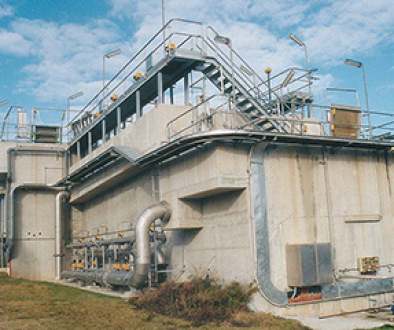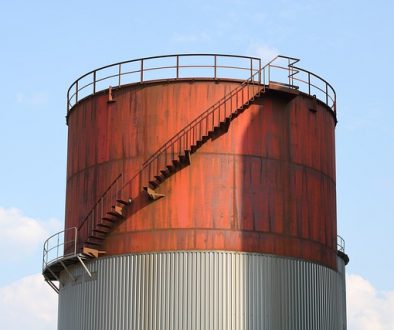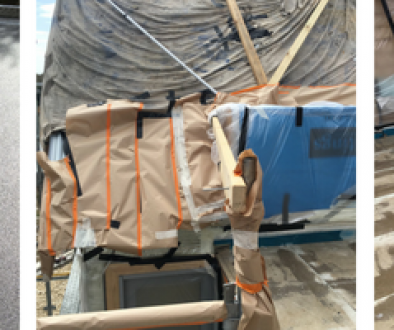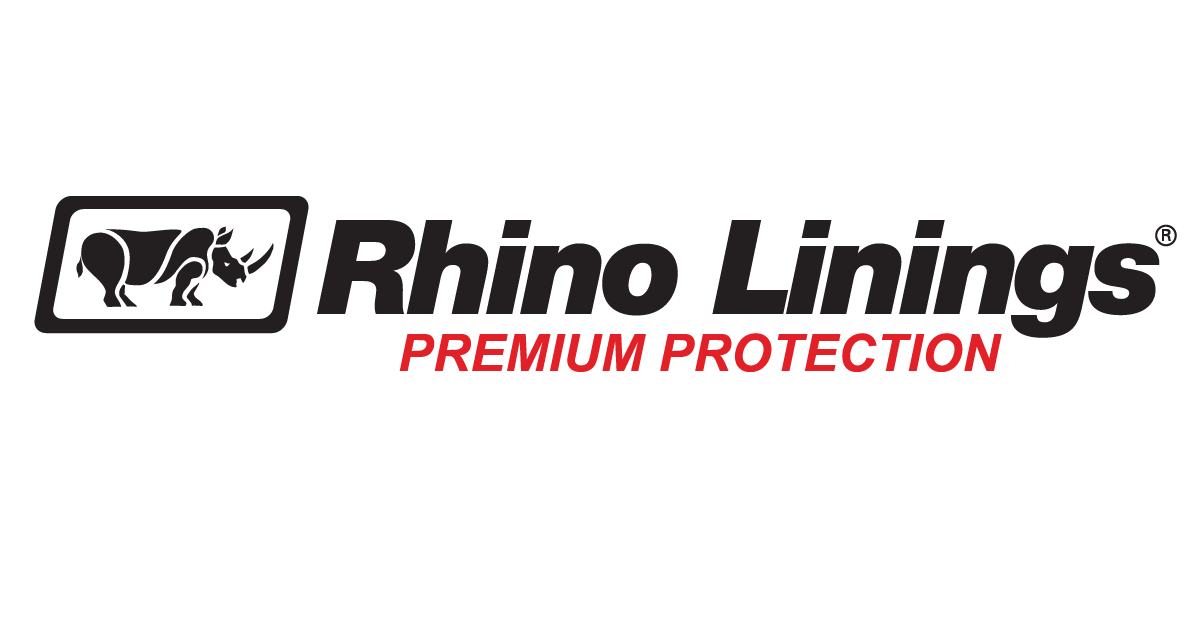Water and Wastewater Coatings & Polyurethane / Pure Polyurea Performance Testing

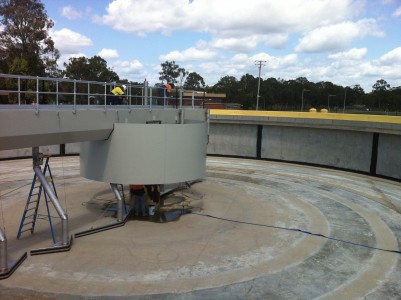
Performance Testing of Polyurethane and Pure Polyurea Coatings
To determine the performance of a polyurethane / pure polyurea coating system within the water and wastewater coatings industry, a number of tests can be carried out by testing and analytical services. For example, the Australian Water Quality Centre tests products that come in contact with drinking water; this standard is known as AS/NZS 4020. (Note: Ensure you use the very latest version when considering Potable Water Approval.)
Importance of Field Testing for Water and Wastewater Coatings
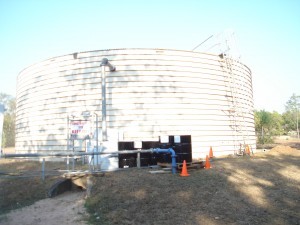
Types of Performance Tests for Coatings
When it comes to protective coatings such as epoxies, polyurethanes, and pure polyureas, water and wastewater coatings performance tests can include, but are not limited to:
- Abrasion Resistance – ASTM D4060
Taber Abrasion Test is where a sample of the product is rotated under a specific weight (1kg) against a grinding wheel (CS17 or CS18) for a defined number of revolutions (1000 cycles). The sample is evaluated by measuring the weight of the sample before and after the test, the more abrasion resistant the coating is the lower the reported weight loss. - Adhesion – AS3894 Site Testing of protective coatings
The Adhesion of a protective coating system to the substrate is deemed a good indicator of the coatings ability to resist corrosion signifying longevity of the coating. The better the adhesion the longer the coating lasts, it should also be noted that durability of the lining can also be governed by the thickness of coating. - Cathodic Disbondment – ASTM G95
Cathodic disbondment is one measure of the undercutting resistance of a coating/lining system. Linings with better cathodic disbondment resistance have better corrosion resistance and greater longevity. - Chemical Resistance
Chemical resistance tests are carried out specific to the application required. A swatch of the coating is submersed into a sample of chemical; if this cannot be done, tests are devised which simulate as close as possible the actual conditions. - Flexibility – ASTM D522
Flexibility is a good indicator of a coating/lining’s ability to withstand the cracking, disbanding, or other mechanical damage of the coating/lining that can occur. - Impact Resistance – ASTM G14
The impact resistance test method represents the ability of the coating to withstand damage to a direct impact with another object, this methods help predict the lining performance and resistance to damage. - Water Absorption – ASTM D570
Polyurethanes are susceptible to water absorption during its life of water and temperature exposure, this can lead to degradation, and failure of the lining, however there are certain levels that are within the acceptable range.
Some of the above U.S.-based tests are included in the AS/NZ 4858 “Wet Area Membranes,” which further indicate a coating’s performance.
Factors that Affect a Water and Wastewater Coatings Performance
The performance of any coating/lining system depends on many variables, such as surface preparation, film thickness, temperature, cathodic protection, flexibility, impact resistance, and so on; other factors that need to be taken into account that can affect the performance of a coating include:
- The design
- Surface Preparation
- Surface profile
- Coating type
- Coating thickness
- Weather conditions
When selecting a coating system, it is imperative that you consider these performance measures in order to make the best choice. When it comes to corrosion resistance in water and wastewater coatings applications, it is important to be preemptive, so understand what your objectives are and know what long-term outcomes you require; otherwise, your company could end up spending a lot more than you like.
For further information, you can contact Rhino Linings directly at 1300 887 780 to discuss your requirements or contact us to find out more about the Rhino Linings product range.

